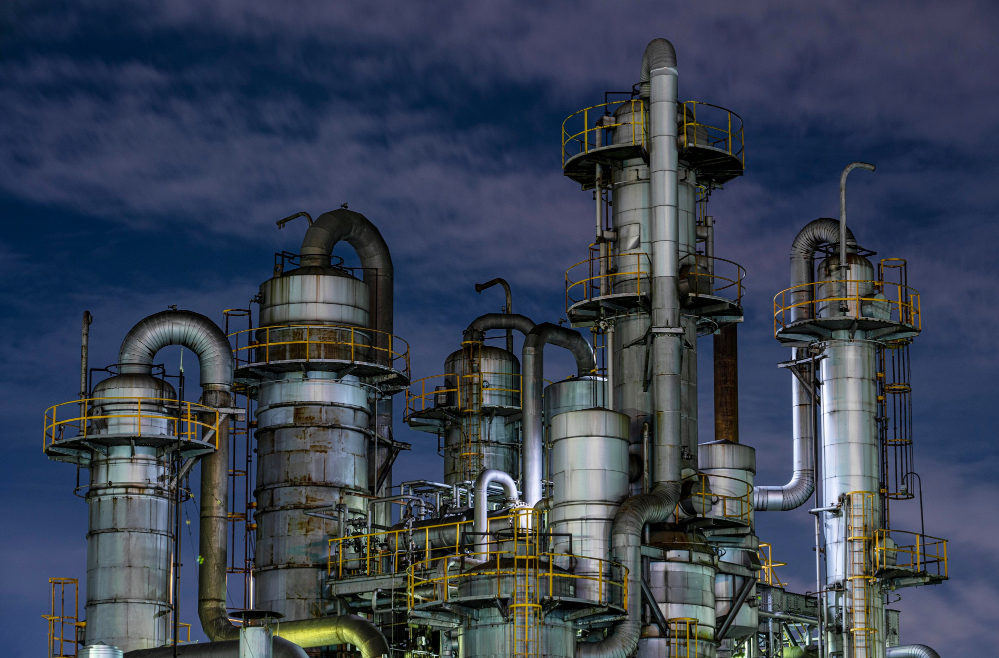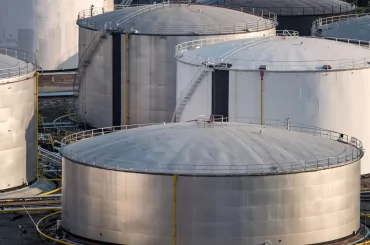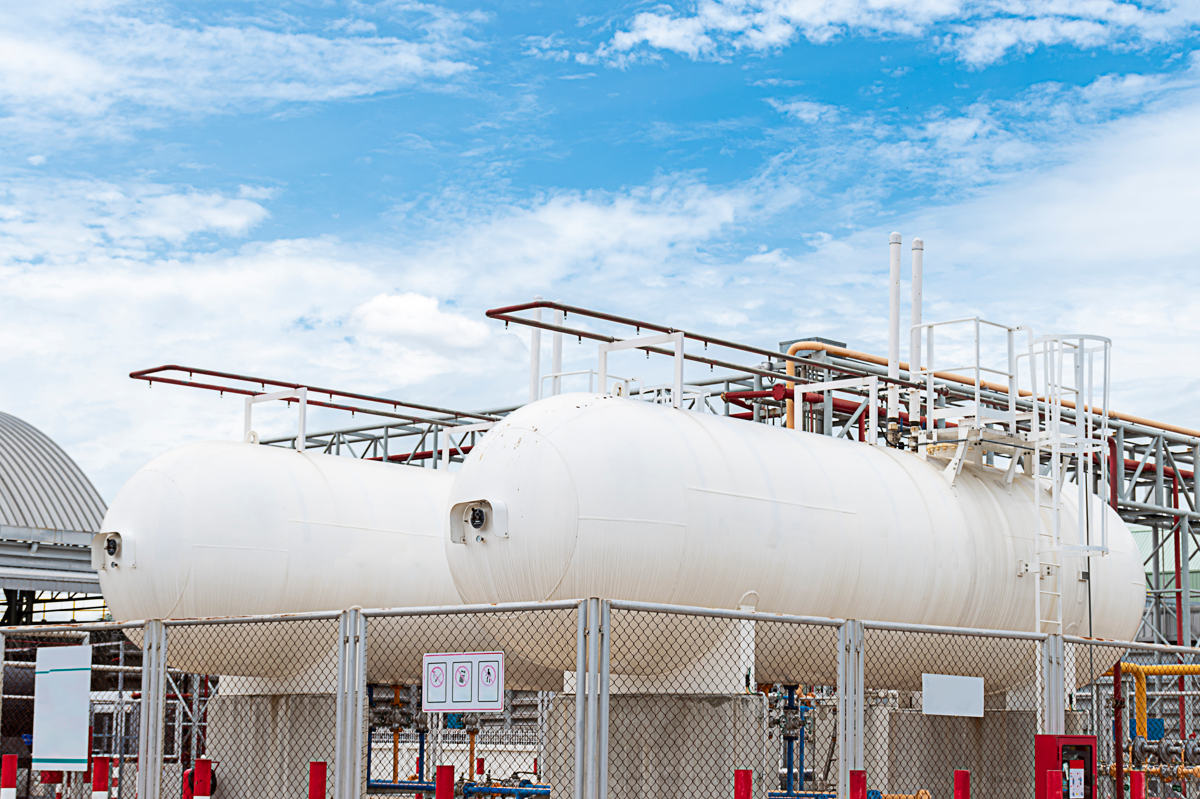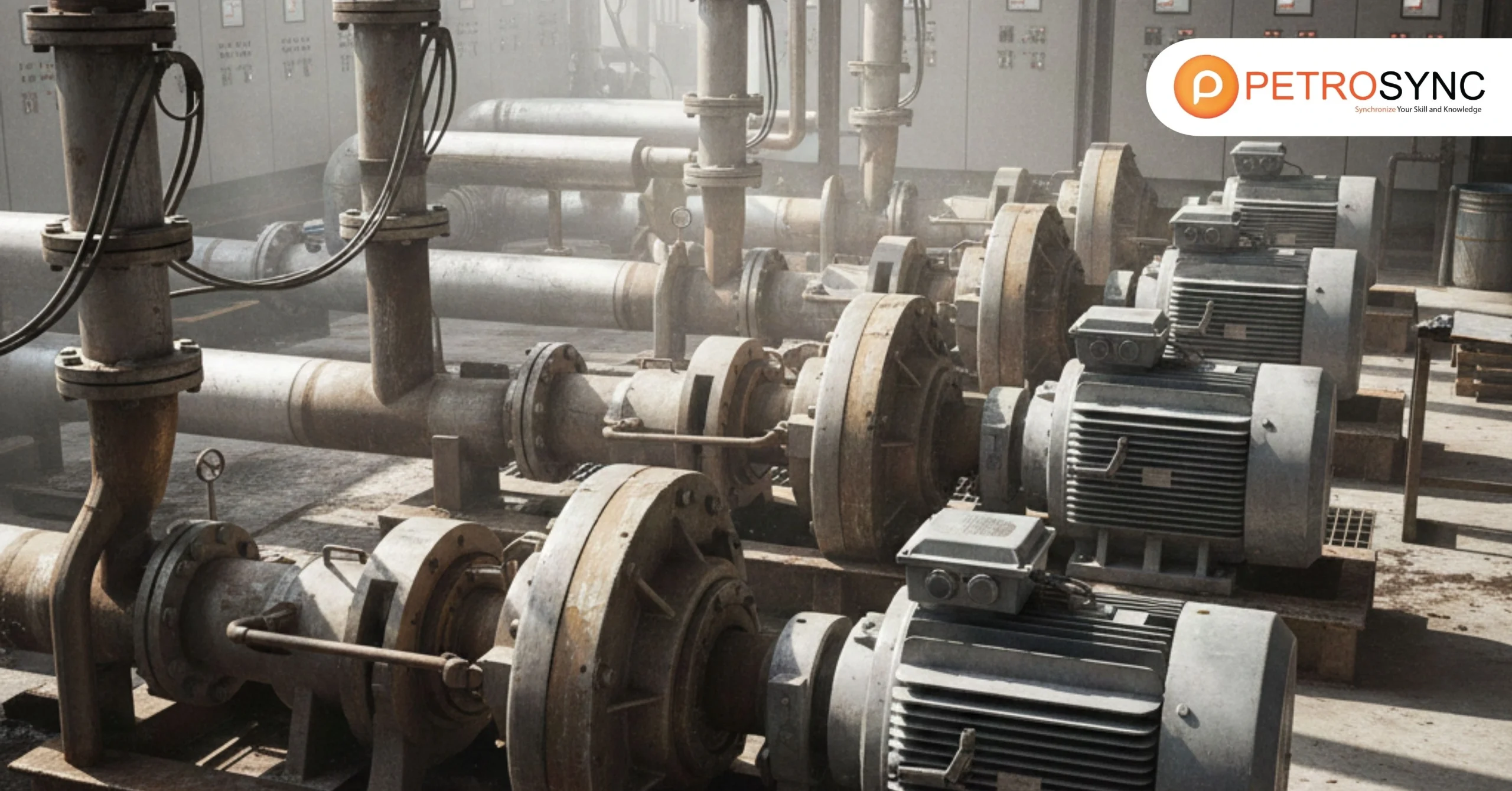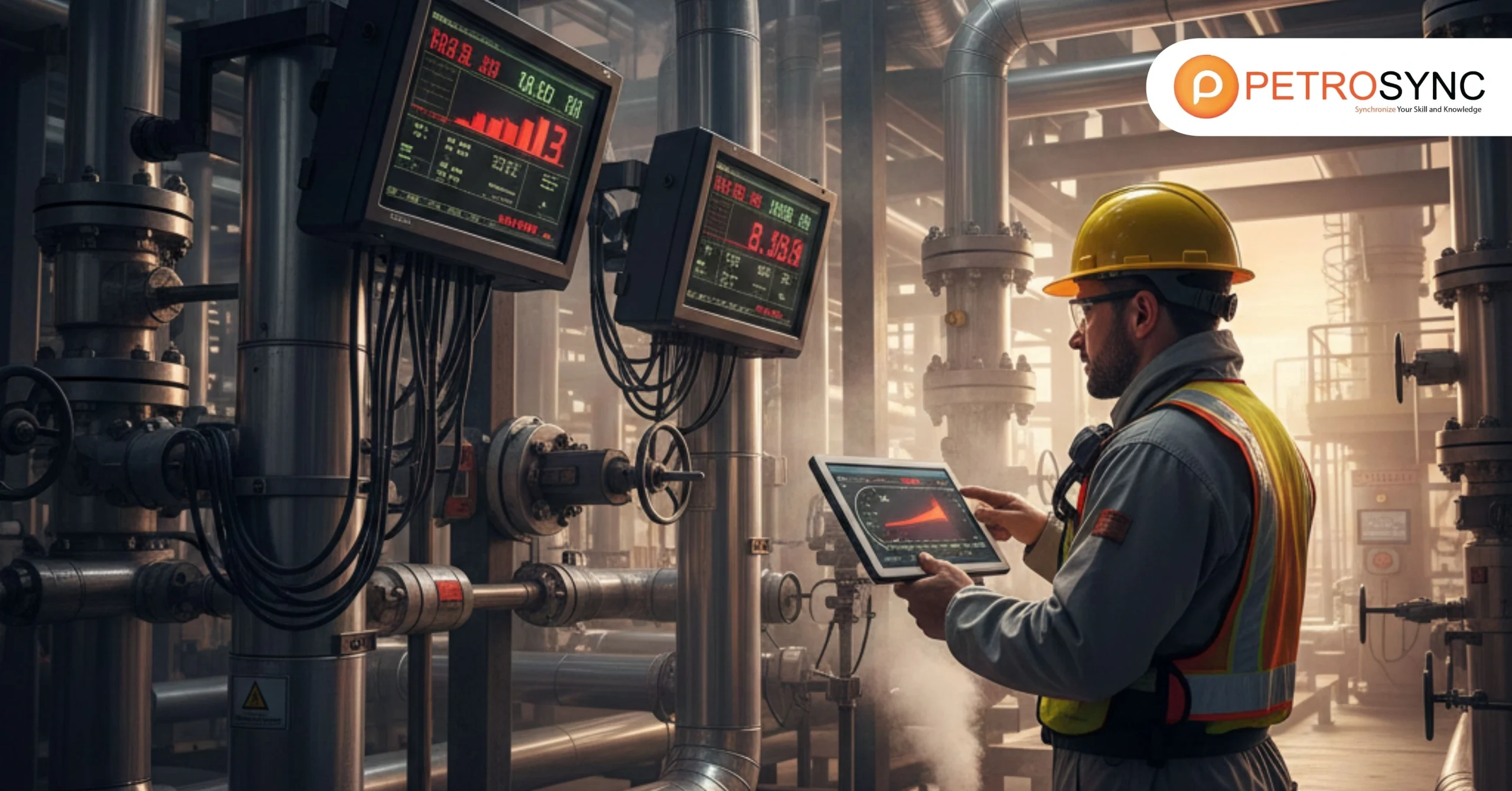API 578 regulates material verification programs (MVPs) used in industries such as refining and petrochemicals. In this article, we will discuss the fundamentals of API RP 578 in the oil and gas, petrochemical, process, and energy industries.
What Is API RP 578?
API RP 578 is a recommended practice issued by the American Petroleum Institute (API) that provides guidelines for managing the material selection, corrosion control, and inspection of equipment and piping in the petroleum and chemical industries. It helps ensure that appropriate materials are chosen, and effective corrosion control measures are implemented to maintain the integrity and reliability of equipment and piping systems.
What Are The Scope of API 578?
The scope of API 578 is divided into 3 notable parts:
1. Purpose
The purpose of API RP 578 is to provide guidelines for owners/users to establish and execute a material verification program (MVP) as part of their asset integrity program. This program utilizes methods such as positive material identification to ensure that the composition of assets, components, or weldments within the pressure envelope aligns with specified construction materials. Implementing a robust MVP helps minimize the risk of hazardous substance release due to nonconforming materials.
2. About API 578
API RP 578 offers guidance for material verification programs involving both ferrous and nonferrous alloys during several processes below:
- Construction
- Installation
- Maintenance, and
- Inspection of process equipment.
The standard covers metallic materials obtained directly by the owner/user or indirectly through distributors, fabricators, or contractors. Applicable to refining, petrochemical, and other industries, this document can be utilized by any owner/user seeking to verify that materials meet specified requirements.
3. Supersedes Notice
This third edition of API RP 578 replaces the previous second edition (2010), offering a more comprehensive approach to material verification programs. While retaining some language and paragraphs from the second edition, this updated version has been revised, reformatted, and expanded to encompass all types of assets that may require a material verification program.
What Are The Welding Techniques Regulated under API RP 578?
API RP 578 regulates various welding techniques commonly used in the industry. The standard outlines guidelines and best practices for the qualification, inspection, and maintenance of welding procedures and personnel to ensure the integrity of welded components in industrial settings.
1. Shielded Metal Arc Welding (SMAW)
Shielded Metal Arc Welding (SMAW) is a common type of welding method. It works by creating an arc between a covered electrode and the welding area. The heat from this arc melts the base metal, while a layer of shielding is produced from the electrode’s covering to protect the weld. This process can use either alternating current (AC) or direct current (DC), and it’s typically done manually.
2. Gas Tungsten Arc Welding (GTAW)
Gas Tungsten Arc Welding (GTAW), also known as TIG or heliarc welding, is a process where an arc is created between a non-consumable tungsten electrode and the weld pool. It’s used with a shielding gas and doesn’t require pressure.
You can use it with or without adding filler metal. The power supply can be direct current (DC) or alternating current (AC), depending on the metal. DC welding, with the electrode negative, offers deeper penetration and faster speeds. AC welding cleans the weld joint’s surface by removing oxides, which is crucial for welding aluminum and magnesium.
3. Gas Metal Arc Welding (GMAW)
Gas Metal Arc Welding (GMAW) is a method of welding where an electric arc forms between a continuous wire electrode and the workpiece. This process is done with the help of a shielding gas, and there’s no need for applying pressure. You can operate GMAW in different ways: manually, with a machine, or automatically.
GMAW uses a constant voltage power supply and transfers metal from the electrode to the workpiece through methods like short circuiting, globular, spray, or pulsed transfer. The specific method used depends on factors such as the welding current, electrode size, composition, distance between the electrode and workpiece, and the type of shielding gas used.
4. Flux Cored Arc Welding (FCAW)
Flux Cored Arc Welding (FCAW) is a type of welding where you create an arc between a long, continuous electrode and the area you’re welding. The electrode has a flux material inside that releases gas to protect the weld. This process doesn’t need pressure and is usually done semi-automatically. You choose FCAW based on the type of electrodes you have, the strength needed for the welds, and how the pieces fit together. It’s best to use a power source like a constant-voltage dc machine, similar to what’s used for GMAW.
5. Submerged Arc Welding (SAW)
Submerged Arc Welding (SAW) is a type of welding where an electric arc is created between a covered metal electrode and the surface being welded. The arc and the melted metal are protected by a layer of powdered flux.
This method doesn’t require any pressure and additional filler metal may sometimes be added. SAW can be done manually, automatically, or with machines, and it can use either a constant voltage (CV) or constant current (CC) power source. It’s commonly used in making pressure vessels and pipes in workshops.
6. Stud Arc Welding (SW)
Stud Arc Welding (SW) is a method where an arc forms between a metal stud and the workpiece. When both surfaces are heated sufficiently, they are pressed together. This process may or may not involve shielding gas or flux and can be done automatically or semi-automatically. Typically, direct current is used, with the stud gun connected to the negative terminal. SW is mainly used for welding insulation and refractory support pins onto tanks, pressure vessels, and heater casings.
7. Plasma Arc Welding (PAW)
Plasma arc welding (PAW) is a type of welding similar to gas tungsten arc welding (GTAW), but the tungsten electrode is inside the torch. There are two types: transferred arc and non-transferred arc. In the transferred arc method, the arc forms between the electrode and the workpiece, while in the non-transferred method, it forms between the electrode and the nozzle. PAW creates a focused, high-temperature arc that can reach over 20,000°F (11,093°C). The non-transferred method is mainly used for applying surface coatings, not for making strong welds.
8. Electrogas Welding (EGW)
Electrogas welding (EGW) works like GMAW and FCAW processes. It uses a solid or flux-cored electrode to make welds in a flat position. Metal or ceramic shoes are placed to support the joint and contain the molten metal until it solidifies.
The process can weld materials from 3/8 inch to 4 inches thick, and even thicker with additional electrodes. It’s great for making square-groove welds in storage tanks, ship hulls, and pressure vessels. EGW can handle various steel types, including carbon, alloy, and stainless steels, as well as quenched and tempered steels with proper heat control.
Not just welding techniques, API RP 578 covers guidelines for qualification, inspection, and maintenance. Since API RP 578 plays a crucial role in ensuring the quality and safety of welded components in various industries The standard helps maintain the integrity of welded structures and equipment.
Adhering to API RP 578 standards not only enhances the reliability of welded joints but also contributes to overall operational efficiency and safety, ultimately benefiting both businesses and the industry as a whole.
Additionally, PetroSync offers comprehensive API training covering a wide range of topics relevant to industry standards such as API 653 training, API 510 training, API 580 and API 581 training, and many more. These training programs are brought to you as a way to equip you with the knowledge and skills needed to comply with API standards effectively. With courses tailored to different levels of expertise and various sectors within the industry, we ensure that you have access to the necessary training to uphold API standards and enhance your proficiency in welding practices.
Credit Header Image: Freepik

SEO specialist by day, fact-checker by night. An avid reader and content writer dedicated to delivering accurate and engaging articles through research and credible sources.

